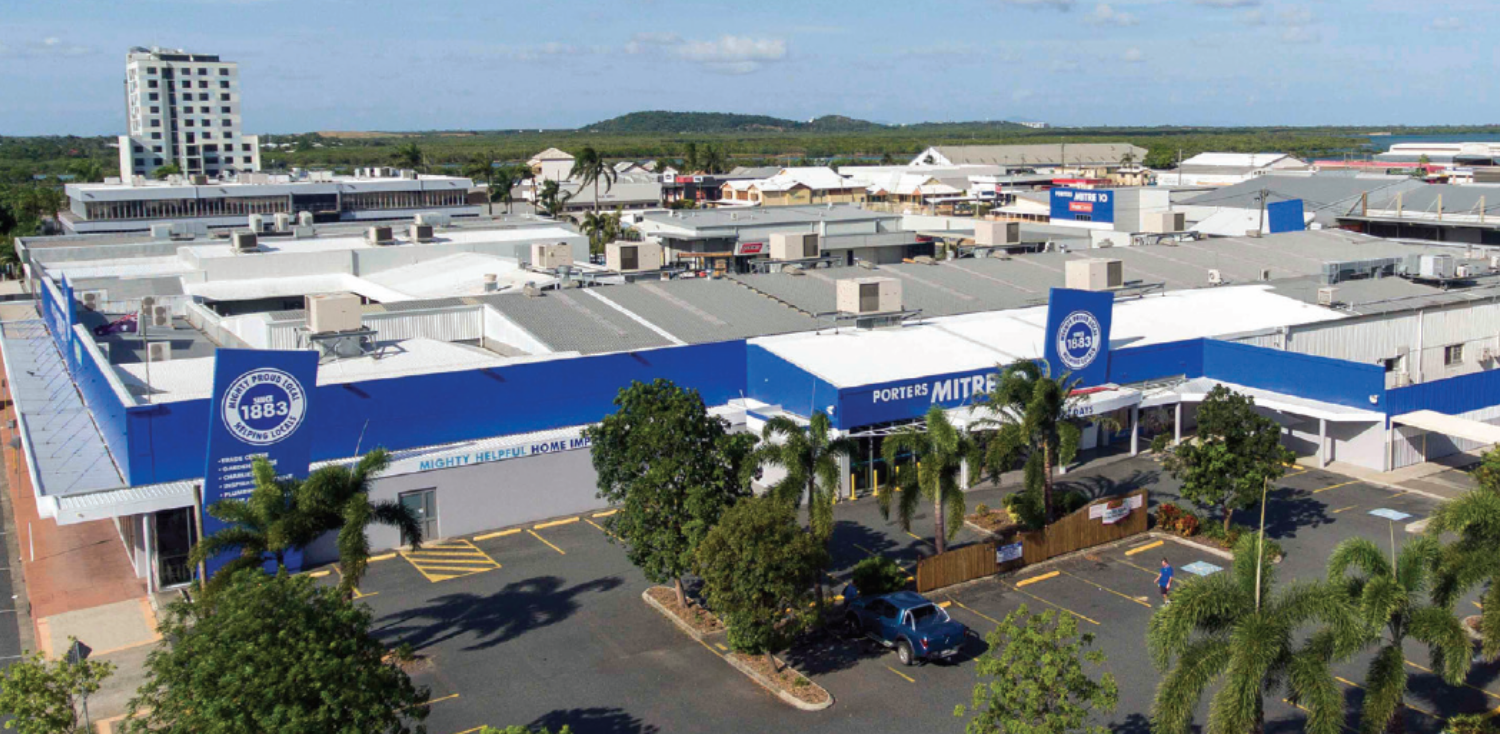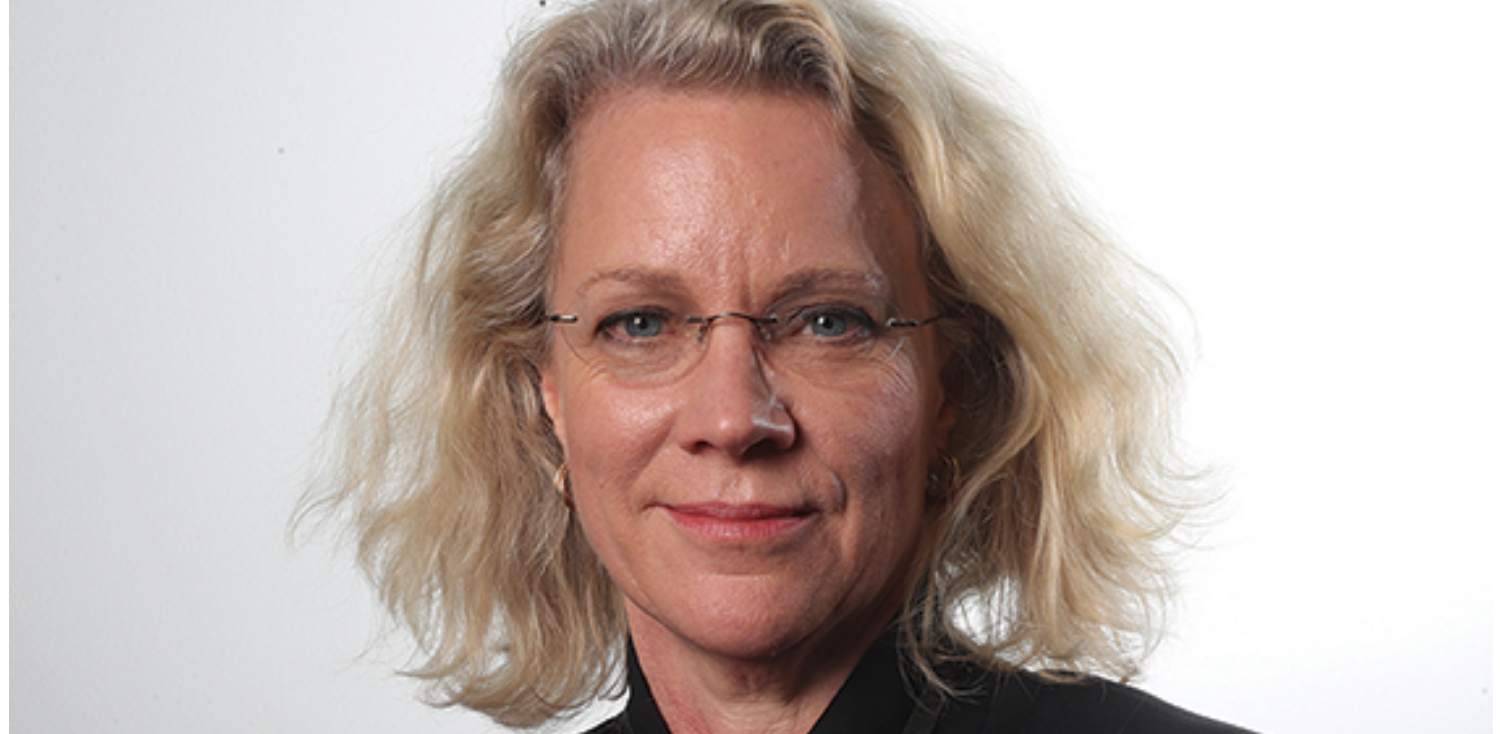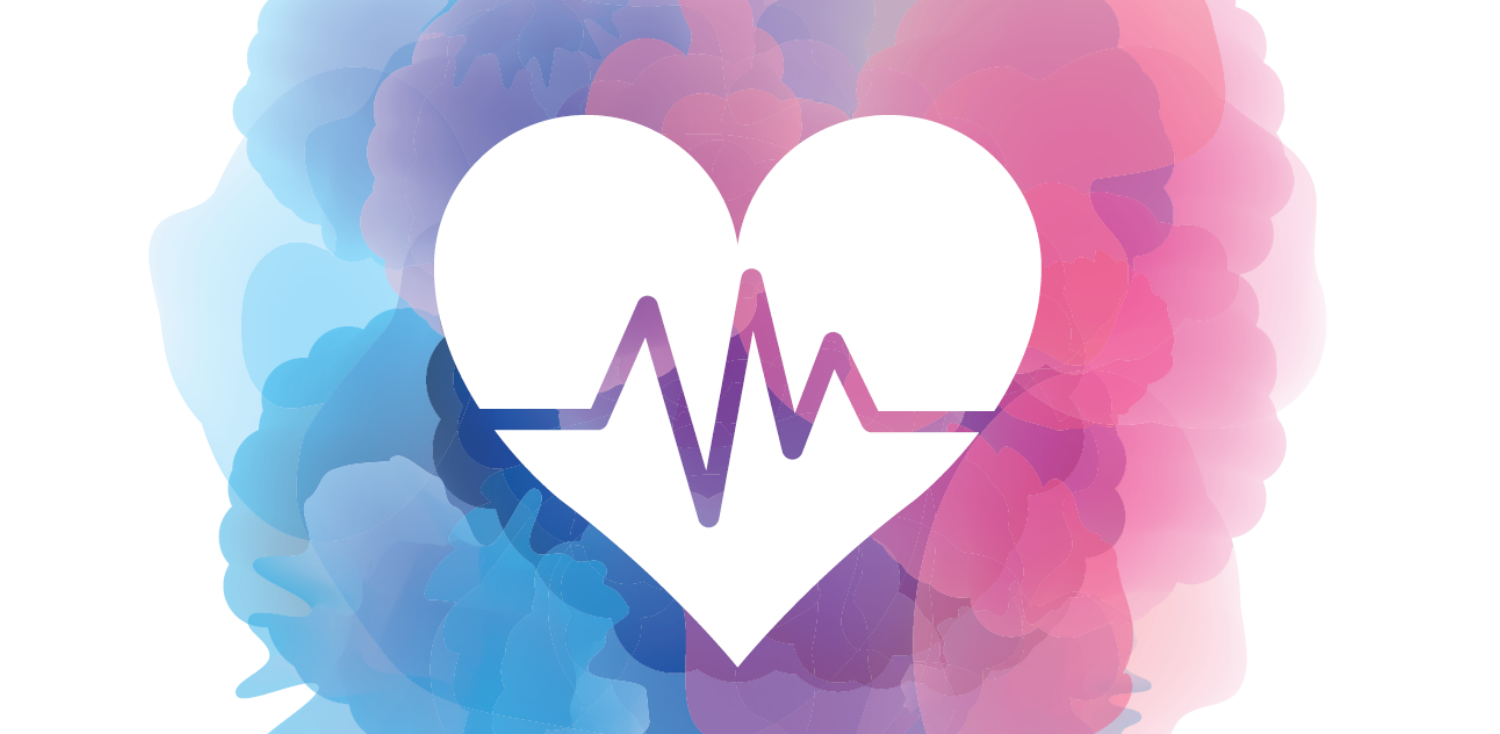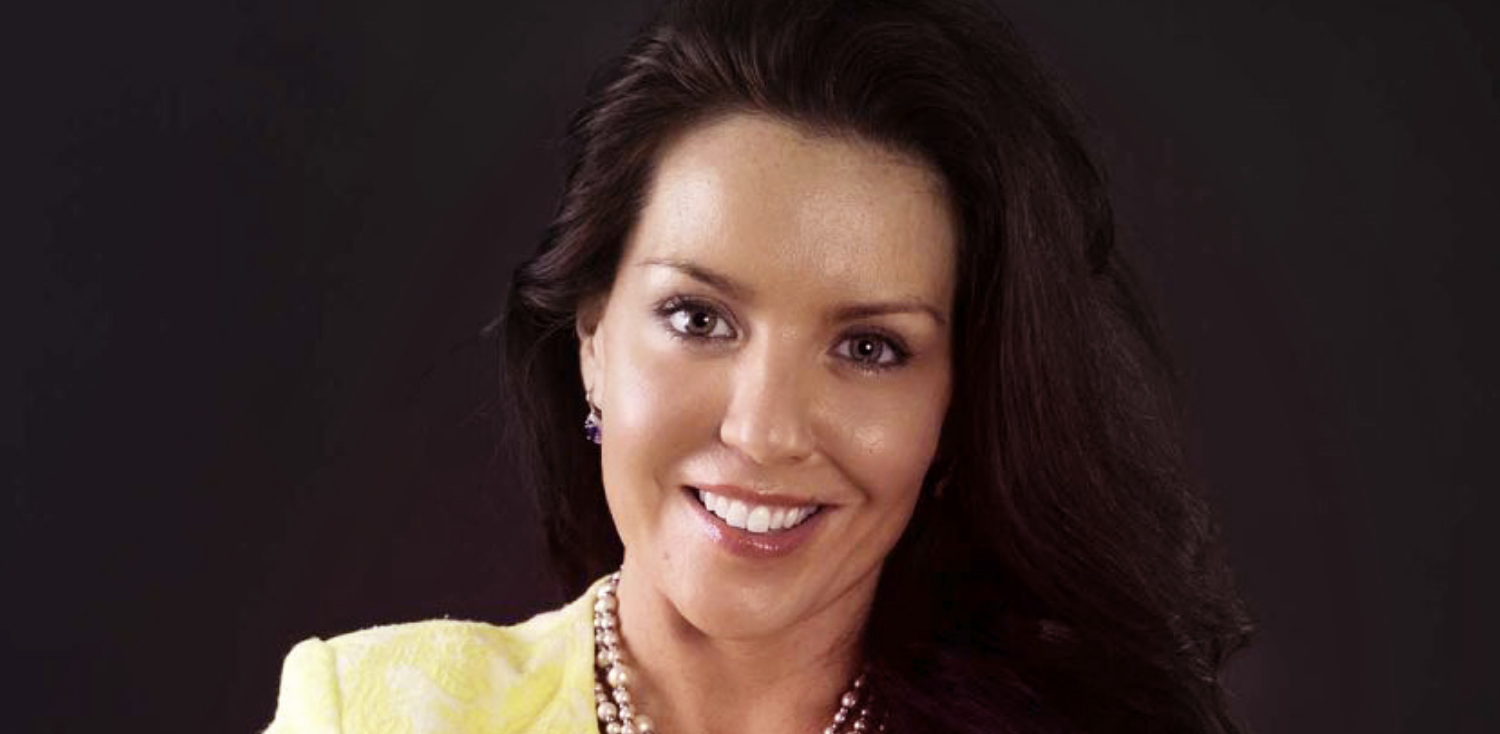By Lachlan Colquhoun
If only he could know it, Charles Porter would be delighted that a sixth generation of his family is now working in the hardware stores which bear his name in Mackay.
Porter’s business was born of necessity and then opportunity. He arrived in the North Queensland town in the early 1880s to build a hotel and found there were virtually no building products available.
So he transported what he needed from Europe, Brisbane and Sydney by boat, and once the hotel was built he stayed behind and founded the Porter’s hardware supply business.
135 years later, Porters Hardware and Building Supplies is a fixture in Mackay but despite its longevity and strong local roots, it hasn’t always been easy for the business to thrive.
A BOOMING SECTOR
In fact, as Managing Director Gavan Porter (Senior) Corporate member of IML ANZ puts it, the business is only now coming out of a “perfect storm” of a volatile boom and bust cycle which severely tested its resilience.
“We’ve been through two World Wars, the Great Depression and credit squeezes, but the past four years we had a big contraction with the resource sector downturn. It was brutal,” says Gavan (Senior).
“Most of the contractions have historically been 12 to 18 months. This one went on for four years.”
However, back in the early 2000s Mackay was growing rapidly as a service centre for the resources industry. Multinational companies set up business in the city for the first time and the population increased sharply.
It created a building boom that was good news for the Porter business, where trade comprises 80% of turnover, including the company’s manufacturing divisions, which fabricate aluminium and glass products as well as roof trusses and wall frames.
The boom in Mackay also attracted the attention of bigger national hardware players. Woolworths’ failed Masters chain opened up a store, and market leader Bunnings added a second Mackay store in response.
Porters were also not the only independent operator. They had for decades been in competition with another Mackay family, the Woodmans, who had allied themselves with the Mitre 10 buying and marketing group and had a strong retail and trade presence.
“We went from one ‘big box’ store operated by Bunnings to three in total including Masters, and Woodmans had the advantage of being part of Mitre 10 with their resources,” says Gavan Porter (Junior) CMgr AFIML, who is the company’s CFO.
“There might have been room for everyone during this extraordinary growth period, but then the downturn hit.”
SURVIVING THE DOWNTURN
As the economy ground to a halt, the mines made employment cuts and 9,000 jobs were lost across the resources sector supply chain.
With people now leaving Mackay to find work elsewhere, new home building approvals slumped by 90%.
“This was all very new to us, because Mackay had always been a steady growth sugar and coal town,” says Gavan (Senior).
“But after all that growth, the market collapsed, and Mackay collapsed with it. It went off a cliff.”
For the first time, Porters was forced to downsize and initiate staff redundancies; a difficult process for a company where the family ethos often extended to employees.
Out of the downturn, however, an opportunity presented itself.
ENDING THE FAMILY FEUD
“With our external advisors we created a strategic plan in 2015 and one of the parts of that was the option of regional consolidation,” says Gavan (Junior).
“In the downturn it was clear that there were too many players in the market and the only way to survive was consolidation.”
A conversation was “struck up” with the Woodman family about a “way forward” for both family businesses, and an amicable deal was made for the Woodmans to exit the hardware supply market in Mackay and sell their retail stores to the Porters.
“It was great for two such staunch independent competitors, who had been competing in the same market against each other for decades, to come to an agreement,” says Gavan (Senior).
“It was clear that the market was very tough and there had to be an exit of one of us and they agreed to exit.”
The deal worked for both companies, and families.
The Woodmans kept other manufacturing businesses in Mackay such as aluminium and glass fabrication, roofing, and roof truss and wall frame manufacturing, where they still compete with the Porters.
That deal gave the Porters a network of stores that spanned not only Mackay and its surrounds but also extended to the Whitsunday region.
The acquisition gave Porters more stores and removed a longstanding competitor, but also introduced them to a new, and powerful, partner in the Mitre 10 group. A new licensing agreement was reached, and the company now trades as Porter’s Mitre 10.
“Mitre 10 was also a good move for us,” says Gavan (Senior). “They are a strong buying group and we needed to buy better to compete against bigger players.”
STRIKING UP A GOOD PARTNERSHIP
Just as timing played a role in the severity of the downturn, so it worked in the Porter’s favour in terms of Mitre 10’s own competitive position.
With the demise of Masters, Woolworths also put its wholesale hardware distribution business up for sale, and it was purchased by Mitre 10.
The move transformed the national market and made Mitre 10 Australia’s second biggest player in the hardware sector next to Bunnings.
Such was the timing that Porters went from being an independent player in an overcrowded market to being a strong second placed rival to Bunnings, with the advantage of being able to leverage Mitre 10’s brand name, buying power and marketing.
“They are the strongest partner you can have if you are an independent owner,” says Gavan (Senior). “We have always been strong in trade, but Mitre 10 is a powerhouse brand which has helped us continue to reach a retail target audience.
“And going forward we are able to use some of their benchmarking capabilities to understand where we are compared with our peers, and we’ve already been out to have a look at some of the bigger stores in the group, and this is something they encourage.”
Eight months after the deal, the acquisition is still being bedded down just as the market conditions are showing signs of improvement.
To prepare for the expansion, the Porters created an implementation plan across eight different areas of the business, from facilities management to IT and HR. Focus groups of employees, the number of which has increased by 25% to 250 across the group, were held to review and reset the firm’s culture.
The result has been the definition of five key criteria which will be ingredients of the culture moving forward: focusing on performance delivery, being driven by customer outcomes, valuing relationships, keeping everyone safe, and having fun at work. “We’ve got a way to go but we believe we are on the right track,” says Gavan (Senior).
“We’ve broadened our base, increased our trade and retail presence, and expanded our geographic footprint.
“As the economy improves we believe this will give us a solid platform.”
BUSINESS WITH A FAMILY FLAVOUR
The resilience of the Porter’s business, says Gavan Porter (Senior), has come from the company’s financial and management discipline which has helped it adapt to change.
A key to this has been to adopt many public company structures and processes into the way things are done, including the longstanding addition of independent directors onto the company board.
“It was my father who initiated this when he was running the company,” says Gavan (Senior).
“He understood that it had to be about the business, and not the family, and for that we needed that outside and independent perspective.”
Gavan (Senior) has been a member of the Australian Institute of Company Directors for many years, and many AICD practices are implemented at board level to create a structure and a discipline.
The company has a relationship with a firm of advisors, with extensive experience in larger family businesses, who played a significant role in creating the strategic plan which identified the consolidation opportunity and led to the Woodman’s acquisition.
“We have all the structures of a listed public company, but with a family flavour,” says Gavan (Senior).
The Porters joined the Institute of Managers and Leaders Australia and New Zealand in 1956, as they sought to keep up with changes and trends to incorporate into their business.
Gavan (Junior) has been on the local IML ANZ committee for the past five years and has pursued a qualification as a Chartered Manager. “Leadership and management is very important to me, and we have such a large staff now that I find it invaluable to share current ideas and thinking,” he says.











